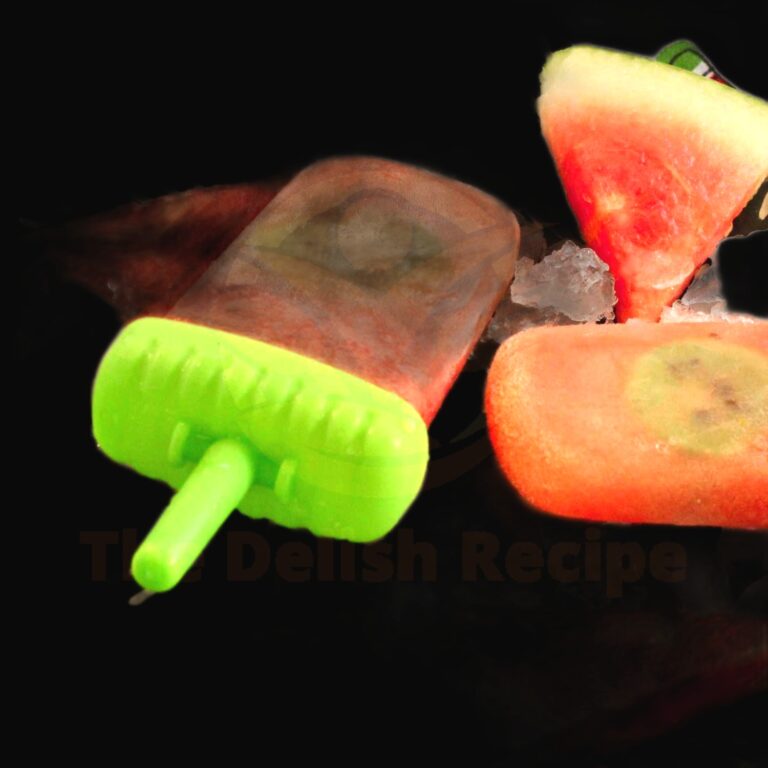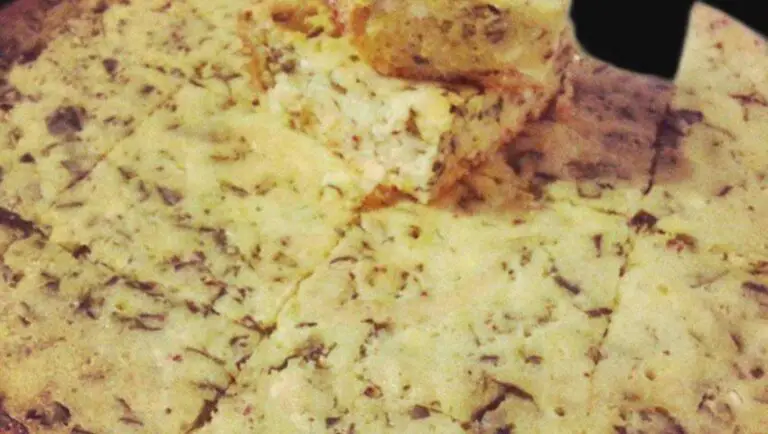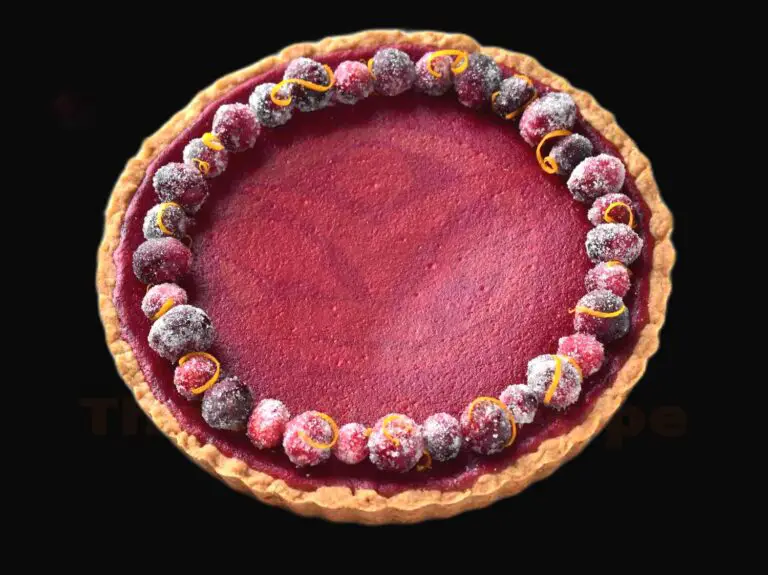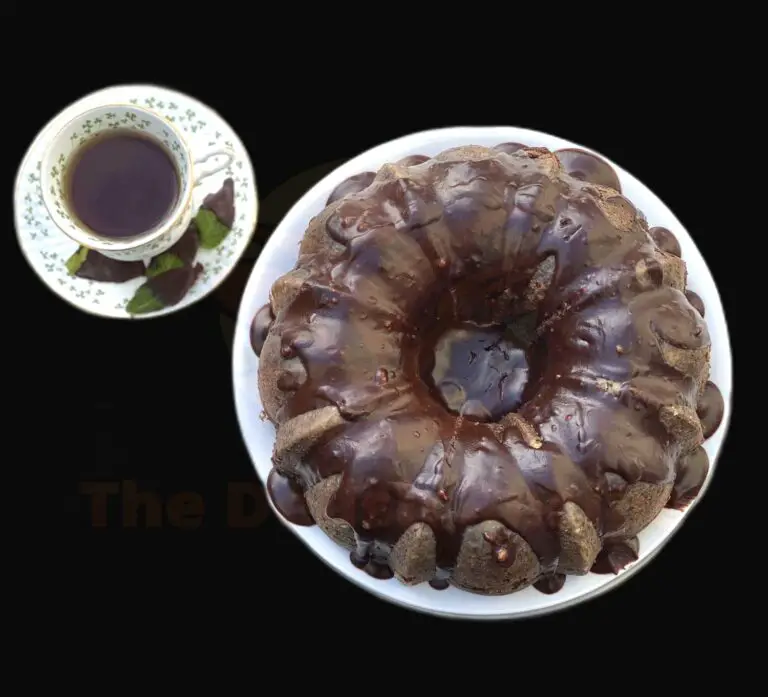Buttery Balsamic-Glazed Sea Scallops – A Deliciously Decadent Dinner!
I’ll never forget the first time I tried Balsamic-Glazed Sea Scallops. It was a moment of pure bliss. The sweet, tangy glaze, combined with the subtle, delicate flavors of the scallops, was simply divine. The texture was perfect; the scallops were cooked just right, so they weren’t too soft or too tough. I knew right away that this would become one of my go-to recipes. Now, I’m excited to share it with you!
Balsamic-Glazed Sea Scallops Recipe
Prep Time
10 mins
Cook Time
8-10 mins
Additional Time
2 mins
Total Time
20 mins
Servings
6 servings
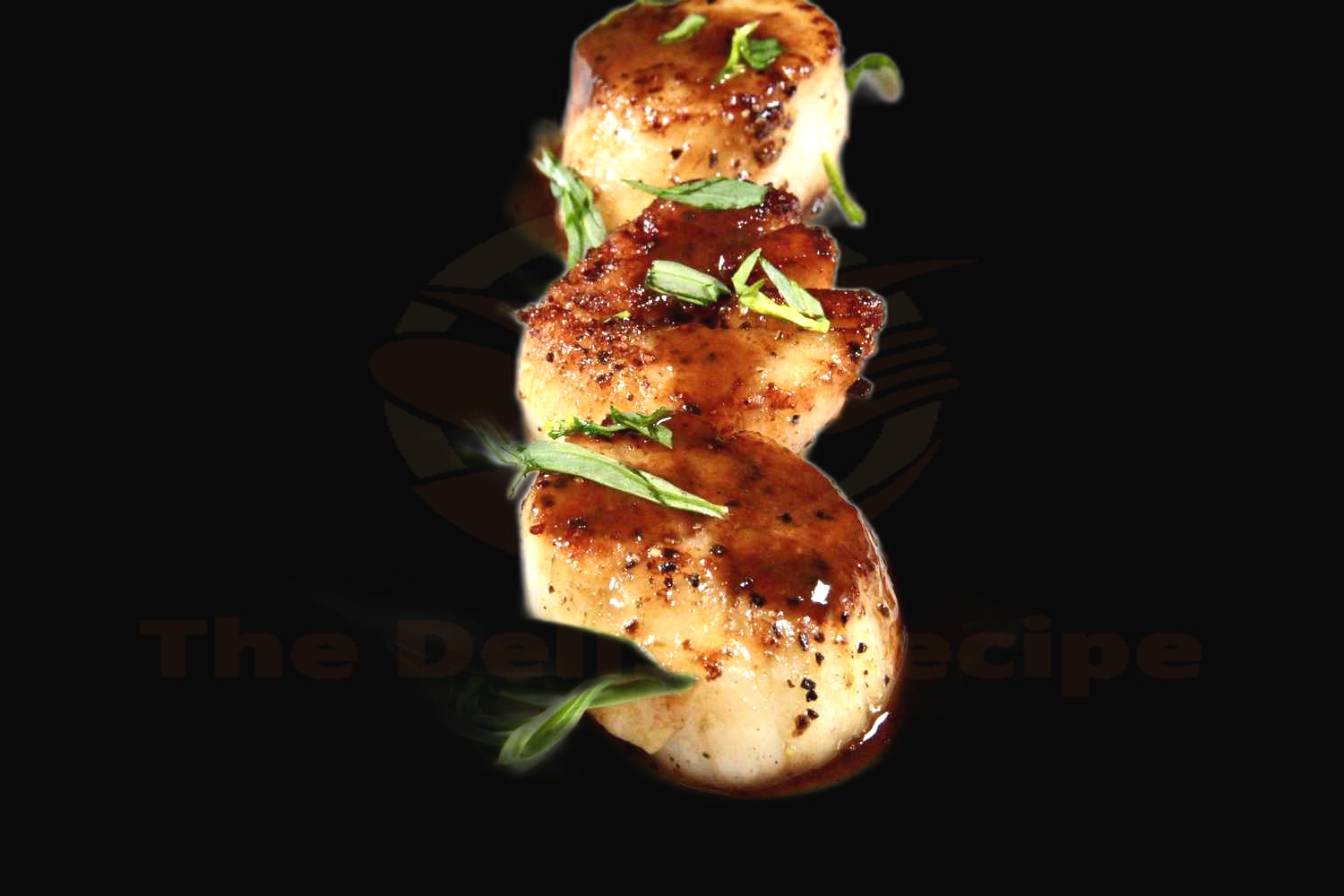
Ingredients
- 2 lb fresh sea scallops
- 1/2 cup balsamic vinegar
- 2 tablespoons extra-virgin olive oil
- 2 cloves garlic, minced
- 1/2 teaspoon crushed red pepper flakes
- 1/4 teaspoon freshly ground black pepper
- 1/4 teaspoon sea salt
- 2 tablespoons chopped fresh parsley
Instructions
- Preheat your oven to 375°F.
- In a small bowl, whisk together the balsamic vinegar, olive oil, garlic, red pepper flakes, black pepper, and sea salt.
- Arrange the scallops in a single layer on a baking sheet.
- Drizzle the balsamic vinegar mixture over the scallops, ensuring they are evenly covered.
- Bake the scallops in the preheated oven for 8-10 minutes, or until they are lightly browned and cooked through.
- Remove the scallops from the oven and let them rest for 2 minutes.
- Sprinkle the fresh parsley over the scallops and serve. Enjoy!
Nutrition Facts
- Calories: 144
- Total Fat: 8.6g
- Saturated Fat: 1.3g
- Cholesterol: 34mg
- Sodium: 248mg
- Total Carbohydrate: 3.8g
- Protein: 14g
What are the key flavor components of balsamic-glazed sea scallops?
The key flavor components of balsamic-glazed sea scallops include sweet and acidic notes from the balsamic glaze, buttery and salty flavors from the pan-seared scallops, and savory and aromatic notes from the herbs used to finish the dish.
The balsamic glaze is made with a combination of balsamic vinegar and brown sugar, which creates a sweet and tart syrup to coat the scallops. This adds a pleasant acidic note to the dish, balancing out the richness from the buttery scallops.
The scallops themselves are pan-seared in butter, giving them a buttery, salty flavor. The seared scallops add a robust taste and a slightly chewy texture to the dish.
Finally, balsamic-glazed sea scallops are often garnished with herbs such as parsley, rosemary, and oregano. These herbs add a savory and aromatic note to the dish, bringing the flavor components together and creating a well-rounded dish.
What are the benefits of balsamic glaze?
Balsamic glaze is a versatile ingredient that adds a complex, sweet and sour flavor to dishes.
- It is often used to enhance the flavor of seafood, such as in this recipe for Balsamic-Glazed Sea Scallops.
- Balsamic glaze is made from balsamic vinegar that has been reduced and concentrated to a syrupy consistency.
- This type of glaze adds depth to the flavor of dishes and is a healthy alternative to other less-healthy ingredients such as butter or cream.
- Balsamic glaze can also be used to add visual appeal to dishes, as it adds a glossy sheen that makes food look more attractive.
- It is also low in calories and sugar, making it an ideal choice for health-conscious individuals.
How do you know when the scallops are cooked properly?
It is easy to tell when the scallops are cooked properly:
- Look for a golden-brown color on the outside of the scallop, which indicates that it is cooked through.
- Gently press the scallop with a fork or spatula. It should be firm and resilient to the touch, but not tough.
- Use a sharp knife to cut into the scallop. The inside should be opaque and slightly moist.
When cooking balsamic-glazed sea scallops, you should also be aware of the glaze. It should be bubbly and a deep mahogany color. If it is too thick, the scallops may not cook through. If it is too thin, the glaze will burn.
What cooking techniques should be used to achieve the perfect balsamic-glazed sea scallop?
The perfect balsamic-glazed sea scallop requires two distinct cooking techniques: searing and glazing.
When searing the scallops, it is important to use a high-heat cooking fat such as clarified butter or canola oil in order to achieve a golden-brown sear on the exterior of the scallop. Be sure to season the scallops generously with salt and pepper prior to searing. Once the scallop is golden-brown, reduce the heat and carefully flip the scallop to ensure even cooking.
After the scallops have been seared, it is time to glaze them with the balsamic glaze. Start by mixing together balsamic vinegar, honey, and garlic in a small bowl. Heat the mixture in a saucepan, then reduce heat and simmer until the mixture has thickened. Brush the glaze onto the scallops and place them under a broiler for 2-3 minutes, or until the glaze has caramelized.
Searing and glazing the scallops together is the key to achieving a perfectly cooked balsamic-glazed sea scallop. With this technique, you will be able to achieve a golden-brown exterior and a sweet, flavorful glaze that will take your dish to the next level.
What are some recommended side dishes to serve with balsamic-glazed sea scallops?
When serving balsamic-glazed sea scallops, there are many delicious side dishes that can complement the dish’s sweet and savory flavors. Some well-paired side dishes include roasted vegetables, mashed potatoes, sautéed wild mushrooms, a citrus-based salad, and a side of polenta.
Roasted vegetables are a great way to add a variety of colors and flavors to the plate. Try roasting a combination of Brussels sprouts, carrots, sweet potatoes and asparagus for a flavorful, textural contrast to the scallops. The sweetness of the balsamic glaze and the caramelization of the roasted vegetables will create a delicious combination.
Mashed potatoes are a classic side dish that pairs well with many main courses. For a twist on the traditional, try adding in roasted garlic, herbs, and butter for an extra creamy and flavorful side. The starch of the potatoes will help to absorb the balsamic glaze and provide a comforting note to the meal.
Sautéed mushrooms are a great addition to many dishes, and balsamic-glazed sea scallops are no exception. Use a variety of mushrooms, such as cremini and shiitake, to add an earthy flavor and texture to the plate.
A citrus-based salad is a great way to lighten up the plate. Use mixed greens, oranges, grapefruit, and avocado, and dress with a light balsamic-based vinaigrette for a bright and flavorful contrast to the scallops.
Finally, polenta is a great side dish to serve with balsamic-glazed sea scallops. Try adding in Parmesan cheese, herbs, and butter for an extra creamy texture and flavor. The polenta will help to absorb the sweet and savory flavors of the glaze and bring a comforting, home-cooked feel to the plate.
When served with any of these side dishes, balsamic-glazed sea scallops are sure to be a hit. Each of these sides will bring a unique flavor and texture to the plate, allowing for a delicious, balanced meal.
What wine should be paired with balsamic-glazed sea scallops?
When pairing wine with balsamic-glazed sea scallops, a light-bodied white wine is a great choice. A crisp, acidic white such as a Sauvignon Blanc, Pinot Grigio, or an unoaked Chardonnay will do an excellent job of balancing out the sweetness of the balsamic glaze. These wines will also help to emphasize the delicate flavors of the scallops. For a red wine option, a Pinot Noir will provide a nice contrast to the sweetness of the glaze and bring out the earthy flavor of the scallops. The lightness of the Pinot Noir will also pair nicely with the scallops.
No matter which wine you choose, it is important to remember that the flavors of the dish and the flavor of the wine should be complementary, not competing with each other. A good rule of thumb is to choose a wine that has a similar level of sweetness or acidity as the dish. Additionally, if the dish is made with a lot of herbs or spices, then choosing a wine with some herbal or spicy notes will further enhance the overall flavors of the dish.
What other types of seafood can be glazed with balsamic?
In addition to sea scallops, other types of seafood that can be glazed with balsamic include salmon, shrimp, and halibut. All of these types of fish have a mild, sweet flavor that pairs well with the tangy and sweet taste of balsamic vinegar.
When preparing these types of seafood with balsamic, it is important to choose a high-quality balsamic vinegar. The flavor of the vinegar will enhance the taste of the fish and ensure the glaze has a rich, complex flavor.
When glazing salmon or halibut with balsamic, it is best to marinate the fish for at least an hour prior to cooking. This allows the fish to absorb the flavor of the balsamic and become more tender. It is also important to brush the fish with additional balsamic every few minutes while cooking, as this will ensure the glaze evenly coats the fish.
Shrimp can also be glazed with balsamic. To make the glaze, mix together balsamic, honey, and olive oil. Heat the mixture until it begins to simmer, then add the shrimp and cook until they are just done. The glaze will create a sweet and savory flavor that pairs perfectly with the shrimp.
No matter what type of seafood you choose to glaze with balsamic, the result will be a delicious and flavorful meal. Balsamic-glazed seafood is a great way to switch up a traditional seafood dish and add a unique flavor to your meal.

